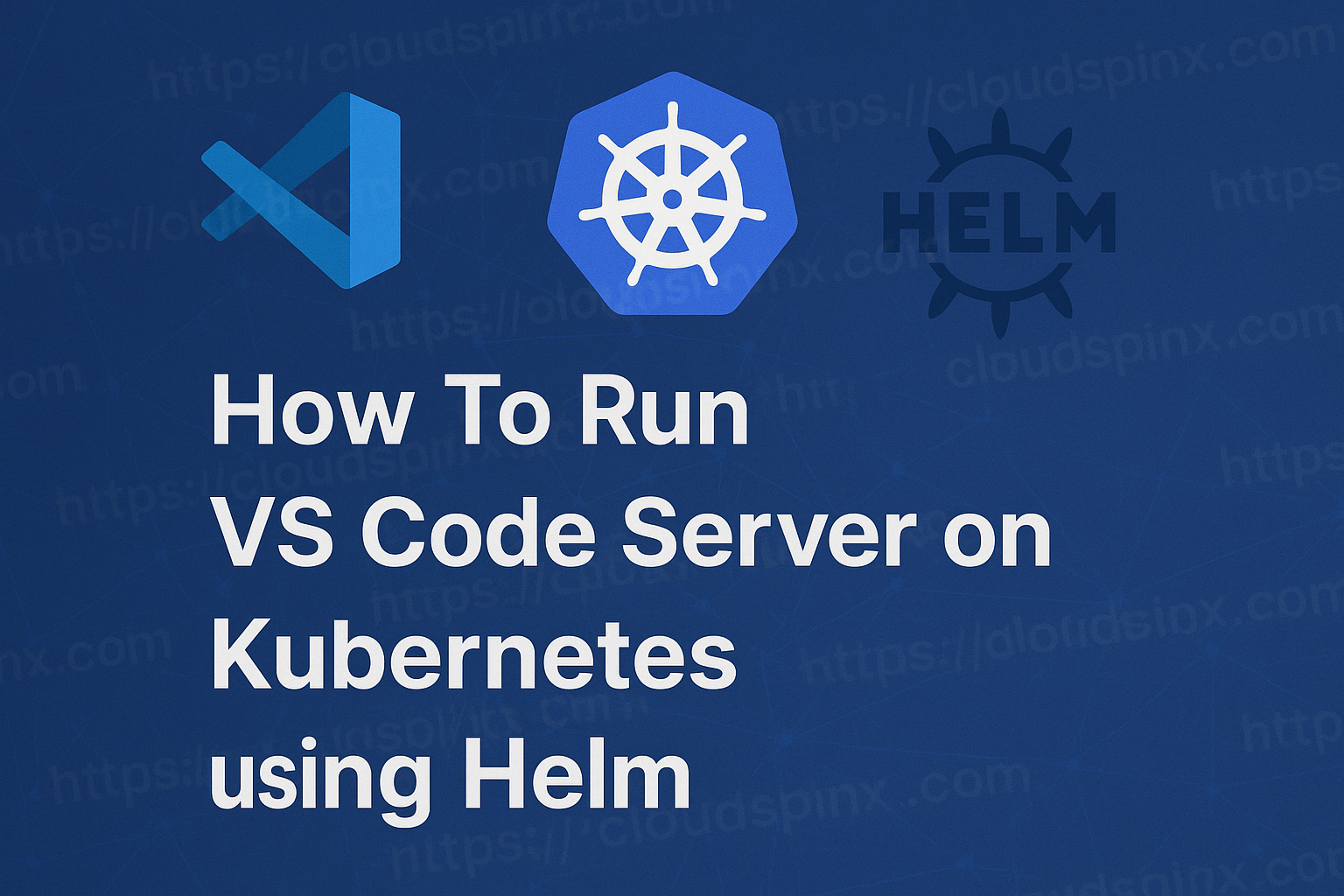Let’s clarify the differences between merge requests (commonly called pull requests in GitHub), releases, release candidates (RCs), tags, and branches in the context of Git and GitHub. Understanding these concepts is crucial for managing software development workflows.
1. Merge Request (Pull Request)
A merge request (MR) in GitLab, or a pull request (PR) in GitHub, is a feature used to propose changes from one branch to another, typically from a feature branch to the main branch (like main or master).
Key Characteristics:
- Purpose: To review and discuss changes before they are merged into the main branch.
- Workflow: Developers create a branch to work on a feature or fix a bug, then create a merge request/pull request when their work is ready for review.
- Collaboration: Allows team members to review code, suggest changes, and approve or request changes before merging.
- Automated Checks: Can trigger CI/CD pipelines, automated tests, and code quality checks.
2. Release
A release is a specific, stable version of your software that is intended to be distributed to end-users or deployed to a production environment.
Key Characteristics:
- Purpose: To package and mark a specific version of your code as a stable release for deployment or distribution.
- Versioning: Releases are often versioned following conventions like Semantic Versioning (e.g.,
v1.0.0,v2.1.3). - Creation: In GitHub, releases are created from specific tags that point to commits representing the state of the repository at the time of release.
- Artifacts: Releases may include compiled binaries, release notes, change logs, and other artifacts useful for deployment or users.
3. Release Candidates (RCs)
A Release Candidate (RC) is a pre-release version of your software. It’s a version that’s potentially final unless significant bugs are found. RCs are typically used for final testing before the official release.
Key Characteristics:
- Purpose: To provide a version of the software that is feature-complete and ready for final testing.
- Naming Convention: RC versions are often named with a suffix like
-RC1,-RC2(e.g.,v1.0.0-RC1). - Feedback and Testing: RCs are intended to be tested more thoroughly and may be shared with a wider audience to gather feedback and catch any last-minute issues.
- Transition to Release: If no critical bugs are found in an RC, it might become the final release version (e.g.,
v1.0.0).
4. Tags
A tag in Git is a pointer to a specific commit, often used to mark important points in the repository’s history, such as releases.
Key Characteristics:
- Purpose: To mark specific commits with meaningful names, such as version numbers (
v1.0.0), for easier reference. - Types of Tags:
- Annotated Tags: Include a message, tagger name, email, and date. They are stored as full objects in the Git database.
- Lightweight Tags: Simple references to a commit, essentially like a branch that doesn’t change.
- Usage in Releases: Tags are often used to mark commits that correspond to a release. GitHub releases, for example, are created from tags.
5. Branches
A branch in Git is a movable pointer to a commit. Branches are used to develop features, fix bugs, or isolate different versions of the codebase.
Key Characteristics:
- Purpose: To isolate development work, allowing multiple lines of development to occur concurrently.
- Common Branches:
- Main Branch (e.g.,
mainormaster): The primary branch where stable code is merged and released. - Feature Branches: Short-lived branches used for developing new features or fixing bugs. Named descriptively, like
feature/login-pageorbugfix/issue-123.
- Main Branch (e.g.,
- Lifecycle: Branches are typically created, worked on, and then merged into the main branch via merge requests/pull requests.
Differentiating Between These Concepts
| Concept | Description | Purpose | Common Naming Conventions |
|---|---|---|---|
| Merge Request/PR | Proposes changes from one branch to another. | Code review, discussion, testing, and approval before merging. | N/A |
| Release | A stable, versioned package of the codebase ready for deployment or use. | To distribute stable versions of the software to users or deploy. | v1.0.0, v2.1.3 |
| Release Candidate (RC) | A pre-release version for final testing before an official release. | To conduct final testing and bug fixes before a stable release. | v1.0.0-RC1, v1.0.0-RC2 |
| Tag | A pointer to a specific commit, usually for marking releases. | To mark significant commits for easy reference or releases. | v1.0.0, v2.1.3-beta |
| Branch | A movable pointer to a commit used for isolated development work. | To work on new features, bug fixes, or different versions. | main, dev, feature/..., bugfix/... |
How to Use These Concepts in GitHub
- Branches: Developers create branches for features or fixes (
feature/new-feature,bugfix/fix-login). - Pull Requests: Once the feature is complete, a pull request is created to merge the branch into the main branch (
main). - Tags and Releases: When a specific state of the code is ready for release, a tag is created (
v1.0.0). This tag is used to create a release in GitHub, which can include additional release notes or binary artifacts. - Release Candidates (RCs): Before the final release, RCs are created (
v1.0.0-RC1) to test the software thoroughly. If an RC passes testing, it may be promoted to a final release version (v1.0.0).









